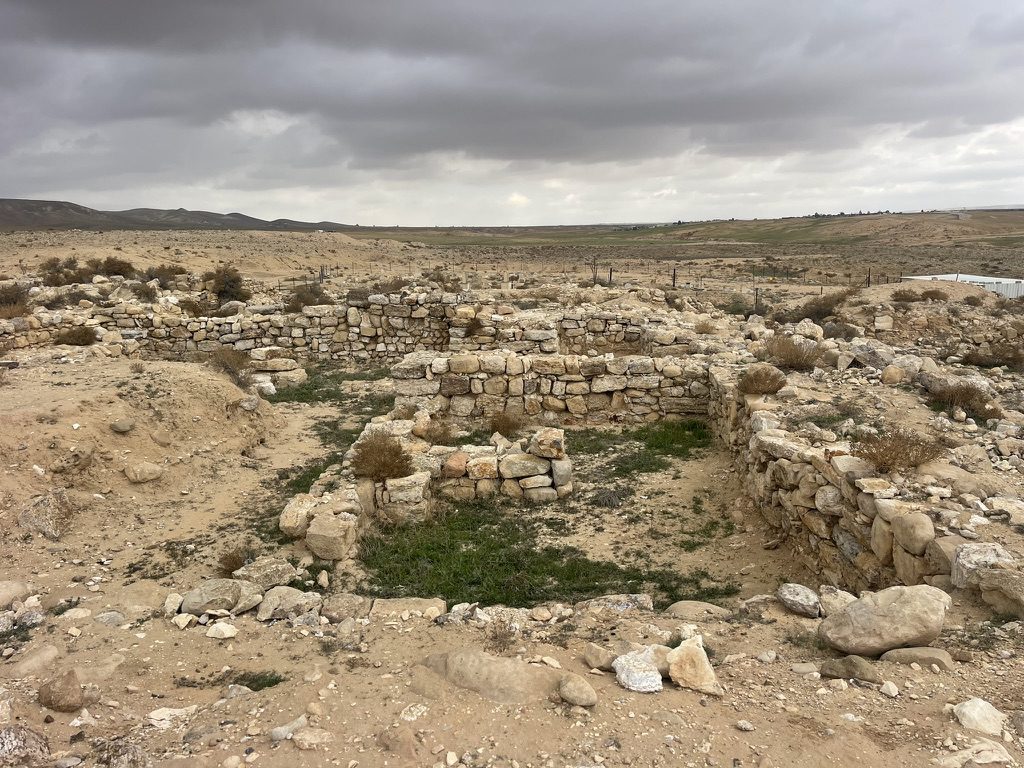Location
Tel Masos is located in the Negev desert, approximately 12 km east of Beersheba, on the north bank of the Beersheba Valley. Known in Arabic as Khirbet el-Mashash (Ruin of the Cisterns), the site is near several active wells and covers a complex of sites from various historical periods.


Identification
The site has been suggested to be identified with Hormah, mentioned in the Bible in relation to Arad and the southern settlement attempts (Numbers 14:44-45; Deuteronomy 1:44; Numbers 21:1-3). However, this identification has been debated among scholars. The proximity of Hormah to Arad in biblical descriptions and its location in the eastern Negev support this identification.
History and Biblical Context
Tel Masos has a history spanning from the Late Chalcolithic period to the Iron Age. The site’s significance is particularly noted in the Iron Age, where it developed from a typical Israelite settlement into a large, fortified town with ties to the Arabah, the northern Arabian peninsula, and the Phoenician coast. The presence of Egyptian pottery and a scarab from the reign of Seti II suggests Egyptian influence during the Iron Age. The site’s destruction at the end of the 11th century BCE might have been due to a raids or an earthquake.
Excavations
Excavations at Tel Masos were conducted from 1972 to 1975 and resumed in 1979. These excavations uncovered parts of the Iron Age I town, the Iron Age III fortress, a Nestorian monastery from the Byzantine period, and segments of the Middle Bronze Age II enclosure. Chalcolithic remains were also found beneath the Iron Age strata.
Findings
- Chalcolithic Period (Stratum IV): Evidence of a settlement with pit dwellings dug into the loess soil.
- Middle Bronze Age: Remains of a fortress and a later fortified enclosure with a moat and rampart.
- Iron Age I: Development of a core settlement with houses and public buildings, including a fortress-like structure and a cultic room with a basin and cultic vessels.
- Iron Age III: A fortress was uncovered on a small mound west of the Iron Age I settlement.
Sources
Stern, Ephraim-New Encyclopedia of Archaeological Excavations in the Holy Land 3-Israel Exploration Society (1993)

